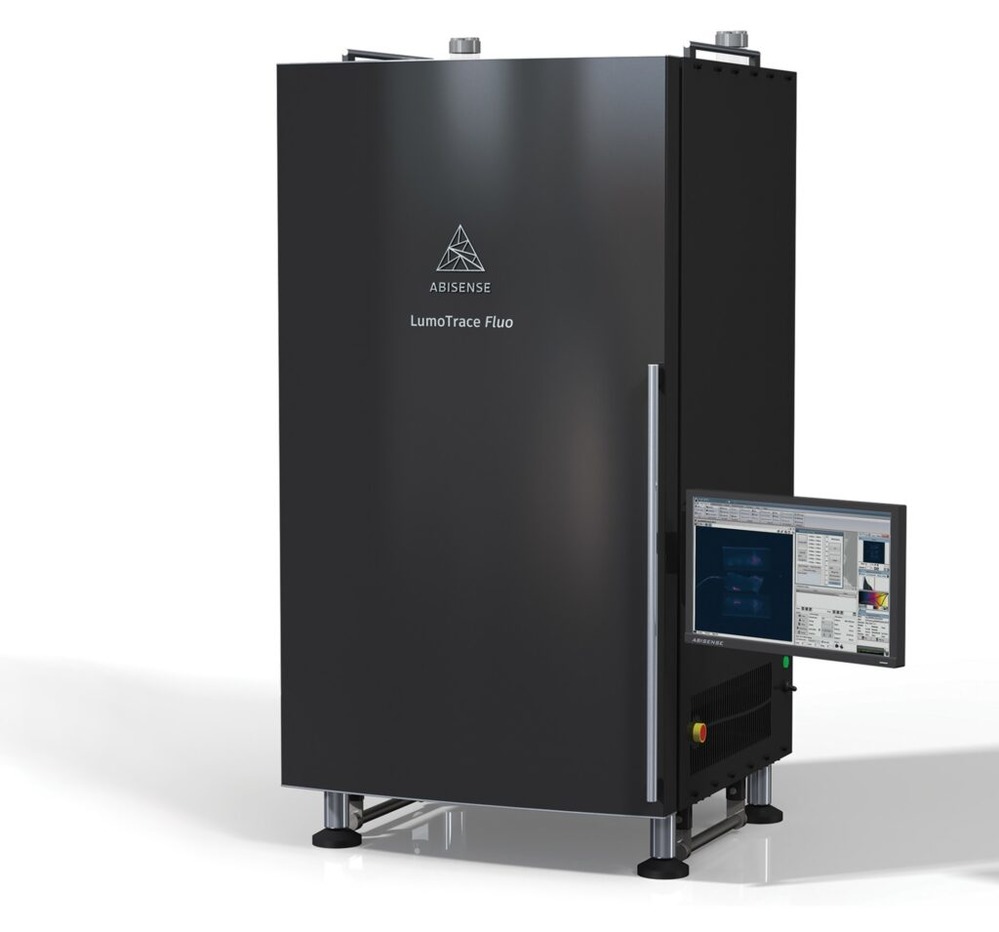Catalog
Search
472 products
View:
- Selected: 0Areas of use
- Selected: 0Item names
- Selected: 0Manufacturer
- Selected: 1Made in
- Selected: 0Additional
View:
472 products
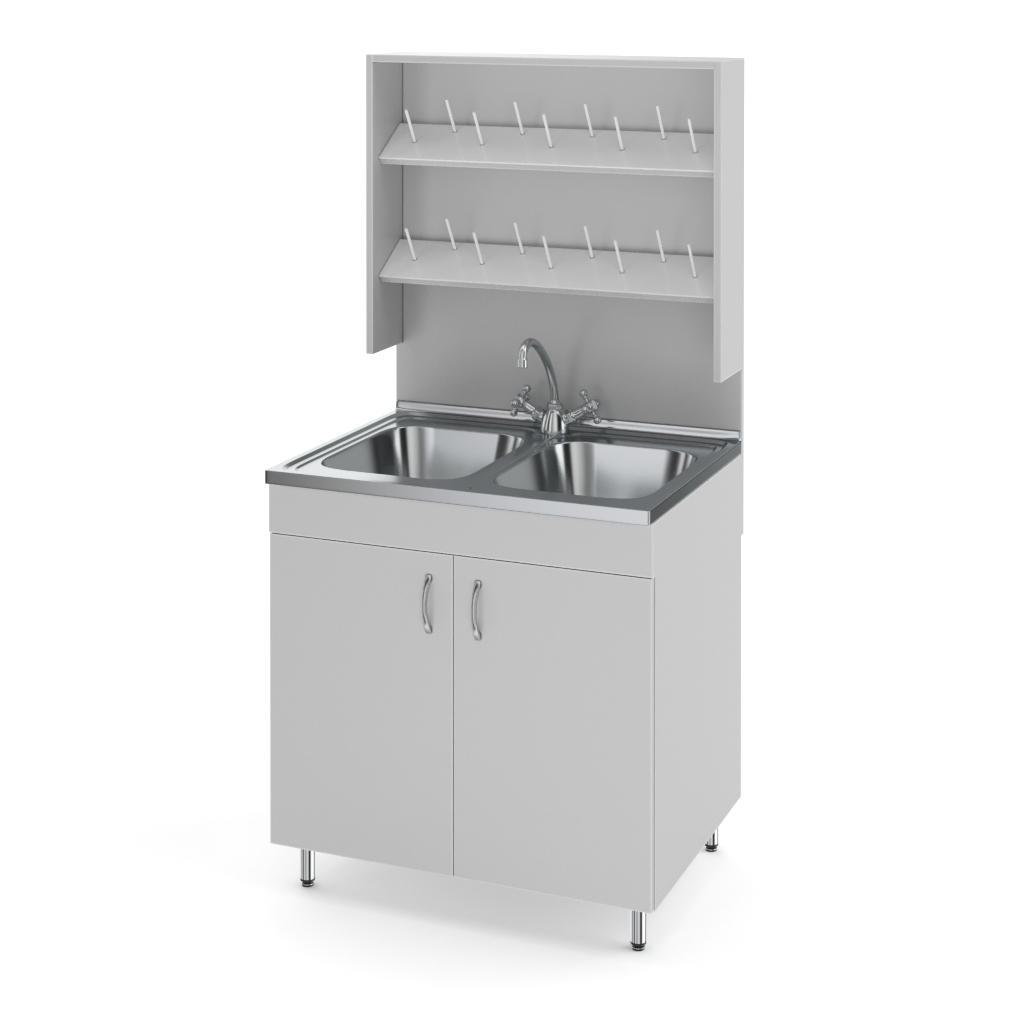
NV-800 MD Wash table with dryer (800×600×1650)
from
34 803 ₽
The NV-800 MD is a table with two stainless steel sinks and a plastic dryer for 18 dishes. It is designed for standing work: the height of the countertop is 85 cm.
Dimensions when assembled (W×D×H): 800×600×1650 mm.
The overhead double sink is made of corrosion-resistant stainless steel. The package includes a stainless steel mixer with flexible 300 mm flexible tap connectors and a siphon.
The upper part of the inclined shelves of the dryer on which dishes are placed, is covered with a polypropylene insert to protect it against water and reagents. The pins are also made of polypropylene.
The side laminated panels of the table (chipboard 16 mm thick) are edged on the facade with a 2 mm PVC edge, which increases their impact resistance and mechanical strength.
The legs of the table are adjustable in height within two centimeters, allowing you to place it even on a rather uneven floor.
Advantages of NV-800 MD tables
A minimalistic compact model with two sinks.
An inexpensive solution for laboratories that value the reliability and durability of furniture.
Suitable for very small rooms.
Application of NV-800 MD tables
Tables of the NV series are used in laboratories of the widest profile: at food and light industry enterprises, in scientific and educational workshops, in chemistry classrooms, quality control centers, medical organizations and many others.
NV LAB
Moscow
Produced in: Moscow, Moscow region
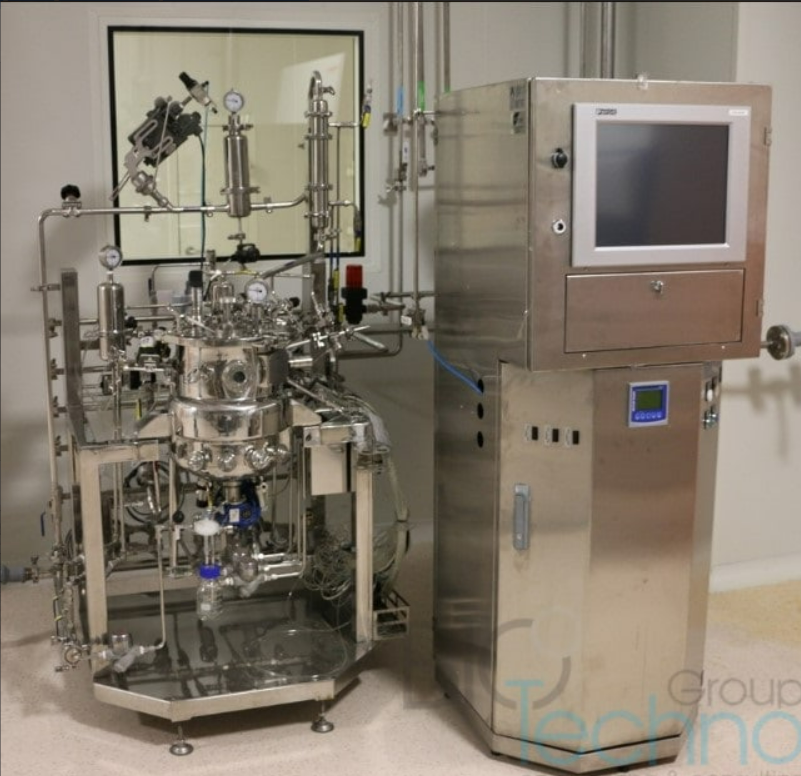
Pilot fermenter 15-50 L for pharmaceuticals
Biotechno pilot fermenters have a fully aseptic design and are easily validated. The universal C-Bio control system, unified for fermenters of any volume, greatly simplifies the scaling process and allows you to transfer fermentation data to larger fermenters.
The total volume is 15-50 liters
Working volume 10.5-35.0 l
Material of manufacture: 316L stainless steel (for parts in contact with the product)
Stainless steel grade 304L (for parts not in contact with the product)
Design pressure 3.0 kg/cm3 (capacity)
4.0 kg/cm3 (jacket)
Design temperature 143°C (capacity)
151°C (shirt)
Surface treatment Internal polishing 0.4 µm + electropolishing
External polishing 1.2 µm
Ports on capacity
Upper Port for diaphragm pressure gauge
Port for diaphragm pressure transmitter
Bursting membrane
Exhaust gas outlet and condenser
Inoculation
Viewing window
Foam sensor port
Nozzle for CIP
Spare port
Upper side walls
Air supply
Viewing window
Culture liquid supply x 3
Ring Bubbler
Spare port
Lower side walls Port for PT100 temperature resistor sensor
Port for pH sensor
Port for dissolved oxygen sensor
Spare port
Sampling port
Shirt
Steam supply / outlet of the cooled water
Steam output / Cold water supply
(including safety valve and pressure gauge)
Low drain valve
2. Mixing mechanism
Top drive with single mechanical seal
0.25 kW DC motor
Speed 30-600 rpm (inverter control)
Val – F20
Adjustable three-level paddle stirrers
3 welded partitions
3. Aeration mechanism
Automatic air supply 2 VVM
5" high-efficiency 0.2 µm filter and 316L stainless steel filter housing
Automatic Air flow meter
4. Pressure mechanism
The bursting disc
Pressure gauge
Positioner
Pressure sensor
Pressure control valve
5. pH/DO control mechanism
pH sensor
pH Sensor Holder
Cable for pH sensor
DO sensor
DO Sensor Holder
Cable for the DO sensor
Peristaltic pump (fixed 20 rpm) x 2
Bottle 1 l x 2
6. Defoaming mechanism
Defoaming sensor
Cable for defoaming sensor
Peristaltic pump (fixed 20 rpm) x 1
1 L x 1 bottle
7. Temperature control mechanism
Temperature sensor (PT 100)
Heat exchanger
Pump
8. Strapping and frame
Support
Corners and channels – STS304
Manufactured strapping
Air supply
Supply of process steam
Supply of pure steam
Cooling water supply
Return of cooling water
Drain of waste water
Drain of waste liquids
Exhaust gas output
Instrumentation
Diaphragm valve
Direct flow valve
Steam trap
Membrane pressure gauge
Ball valve and pneumatic angle valve
Check valve
Safety valve
Crankshaft, tee
Welding of pipes
Orbital welding (line in contact with the product)
Manual welding (common line)
Biotekhno
Moscow
Produced in: Moscow
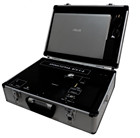
Two-channel portable gas chromatograph FGH-1-2
from
1 030 000 ₽
The FGH-1-2 chromatographs have retained the main advantages of the FGH-1 model – mobility and ease of operation and maintenance. At the same time, FGH-1-2 has all the advantages of a modern multichannel chromatograph – the ability to reliably identify and accurately determine the concentrations of various pollutants of environmental objects. The additional use of automatic identification in the processing of chromatograms simultaneously through both channels makes FGH-1-2, in fact, a universal selective gas analyzer of organic substances using the chromatographic separation method.
In FGH-1-2, as well as in FGH-1, all methodological problems have been solved:
all measurement methods (MI) used are certified,
the devices are equipped with sampling devices prescribed in MI,
the devices are graded according to the required substances,
independent control of the stability of calibration characteristics and measurement errors is provided.
EKAN
Moscow
Produced in: Moscow
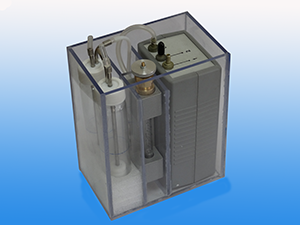
PA-1 Portable Aspirator
The PA-1 single-channel portable aspirator is based on the PC-1 portable compressor. It provides air aspiration with a flow rate from 0.1 to 0.8 l/min. The aspirator is powered by an integral battery.
EKAN
Moscow
Produced in: Moscow
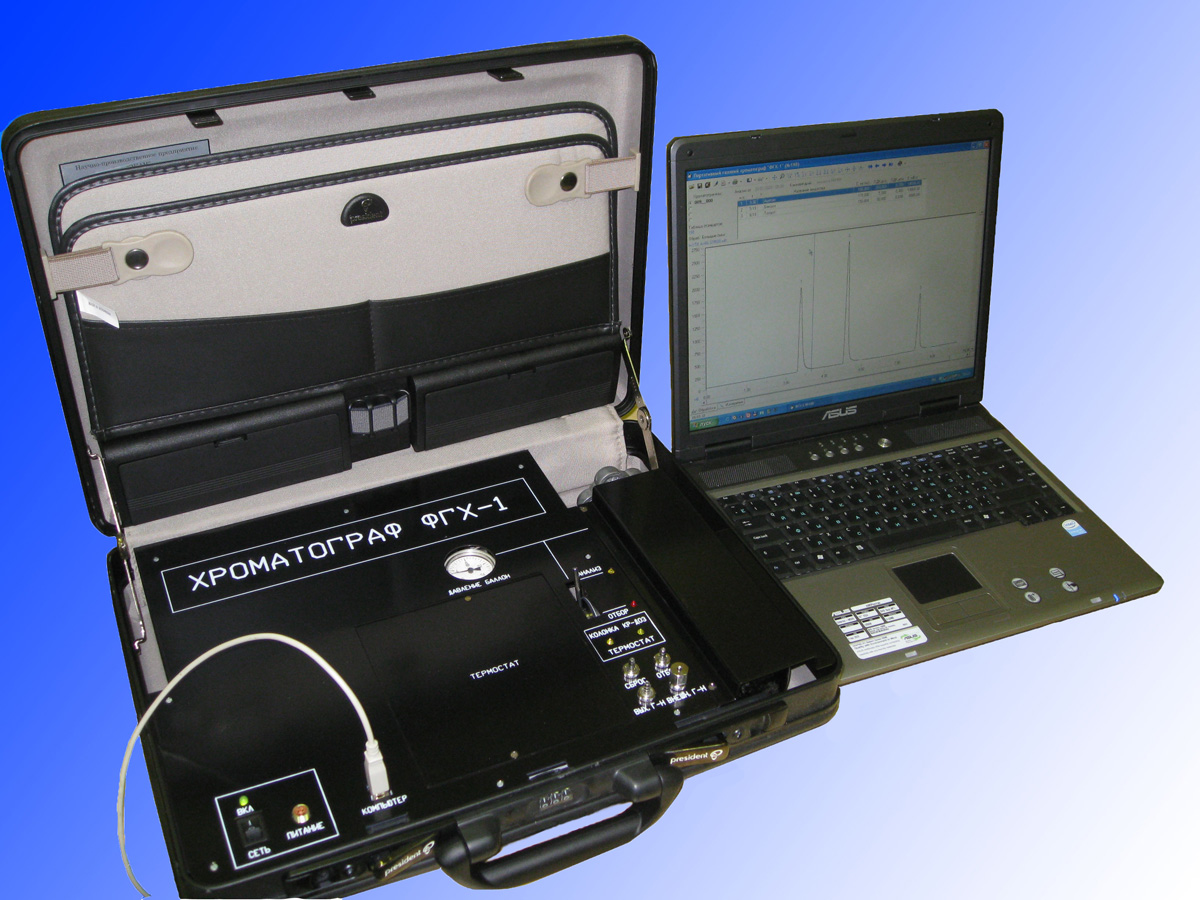
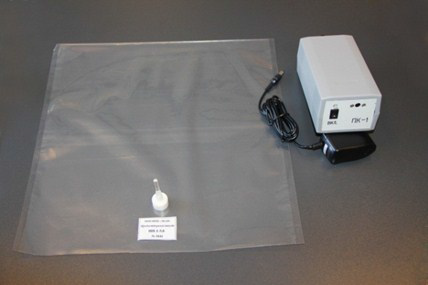
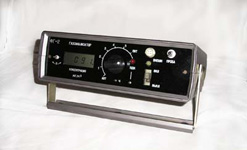
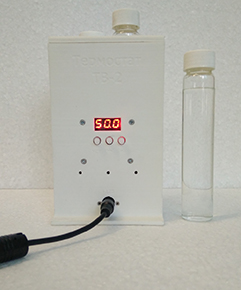
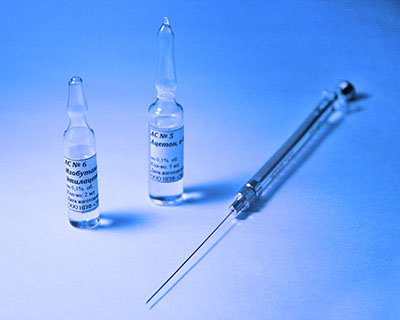
Ampoules with certified solutions
Ampoules with certified solutions (AS) contain solutions of a number of substances with a certified concentration. AS are designed for independent preparation by the consumer of certified combined-cycle gas mixtures while monitoring the quality of measurement results and the stability of calibration data. The use of AS for this purpose is prescribed in the methods of analysis FR.1.31.2014.17787, FR.1.31.2014.17955, FR.1.31.2015.20512, FR.1.31.2015.21296, FR.1.31.2016.23707, FR..1.31.2016.23997 and FR.1.31.2016.239967 for FGH chromatographs.
EKAN
Moscow
Produced in: Moscow
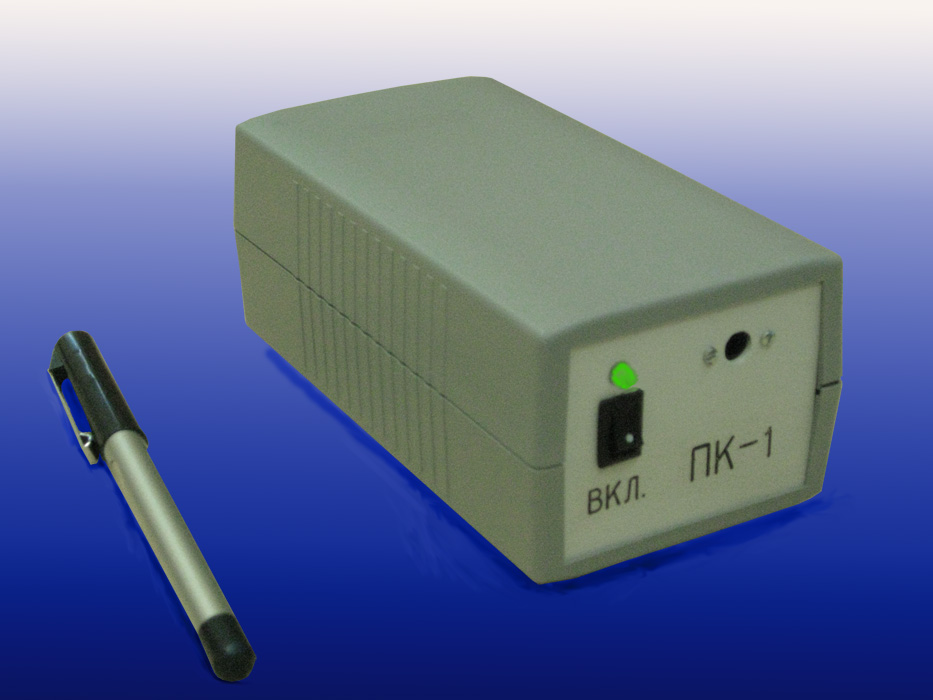

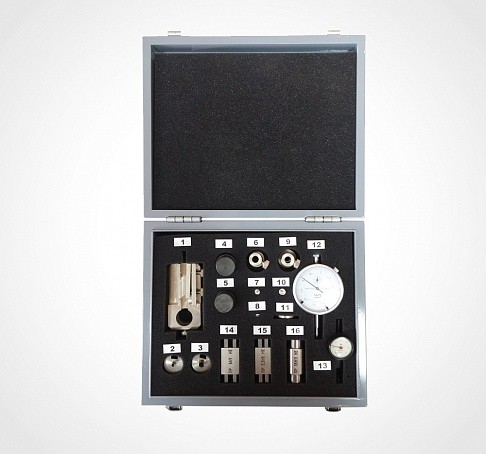
Kit for measuring coaxial connectors KISK-16M
from
178 000 ₽
VNIIFTRI
Mendeleevo
Produced in: Mendeleevo, Moscow
